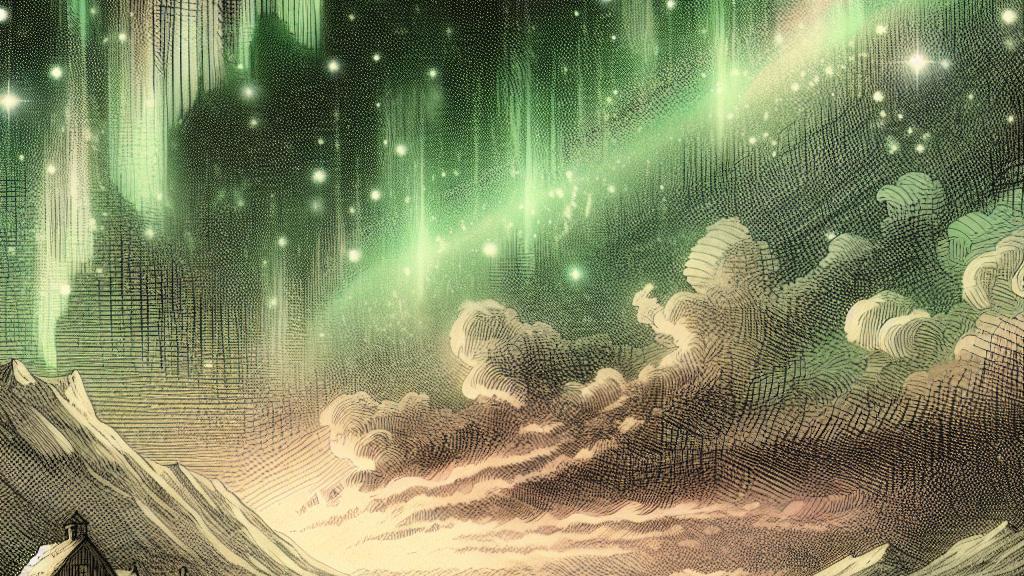Exploring the Fascination with Northern Lights in the 18th Century
Overview
- The aurora borealis, recently spotted in southern locales like Britain, ignites a renewed interest and fascination.
- In the 18th century, these lights were steeped in cultural significance, intertwining lore, politics, and nascent scientific thought.
- Despite advancements in science, the mystical allure of the aurora continues to resonate powerfully in our collective imagination.

A Glimpse of the Northern Lights Today
The enchanting aurora borealis has recently beckoned both awe and excitement, as it graced locations further south, such as Britain, since May 2024. Picture stepping outside under a night sky illuminated by shimmering hues—brilliant greens, soft pinks, and deep reds weaving through the darkness—it truly feels like stepping into a dream. This breathtaking sight occurs when charged particles from the sun collide with Earth's atmosphere during geomagnetic storms. Although today’s scientific community explains this phenomenon with dazzling detail, considering everything from solar flares to the magnetosphere's dynamics, the sights still ignite a sense of wonder akin to that experienced in centuries past.
Cultural Interpretations in the 18th Century
In the 18th century, the northern lights held a different, more profound significance. Poets and thinkers, like Robert Owen, described these celestial displays as 'strange wonders,' attributing spiritual meanings to them. For instance, during the politically charged atmosphere of the Jacobite Rebellion in 1745, many interpreted the aurora's presence as a divine omen urging the preservation of their faith. Additionally, the balladeer Hugh Jones poetically linked spectacular auroral events during the American War of Independence to pleas for unity and divine favor, underscoring how these lights beckoned not just awe, but also hope and guidance amid turmoil. Such interpretations reveal the intricate relationships between fury, faith, and nature during a time of uncertainty, allowing us to glimpse the minds of those captivated by these atmospheric marvels.
Shifts Towards Scientific Understanding
As the Enlightenment flourished, burgeoning scientific inquiry began to unravel the mysteries surrounding the aurora. Thinkers like William Williams ventured beyond traditional beliefs, speculating in his writings whether these spectacular displays were linked to electrical phenomena. Following a breathtaking auroral display in 1770 that astounded observers worldwide, Williams attempted a synthesis of science and faith. His explorations reflected a pivotal shift from superstition to empirical understanding—a journey marked by curiosity and enlightenment. Furthermore, 18th-century almanacs contributed significantly to popularizing knowledge about the northern lights, illustrating how accessible explanations began to emerge amidst the rich folklore. This fascinating evolution serves as a testament to humanity's relentless quest for understanding, illustrating how the once-mysterious aurora transformed from a symbol of divine enchantment to a subject of scientific inquiry, beautifully bridging the realms of magic and logic.

Loading...